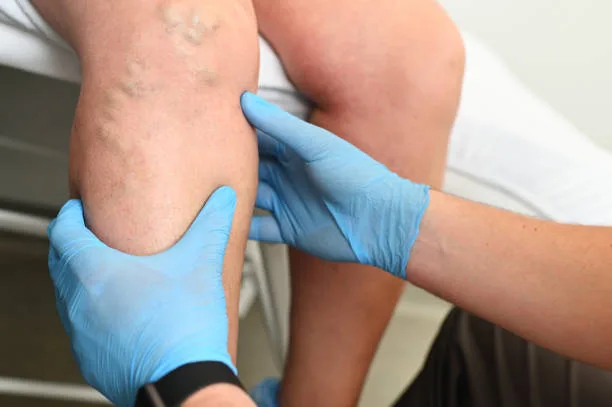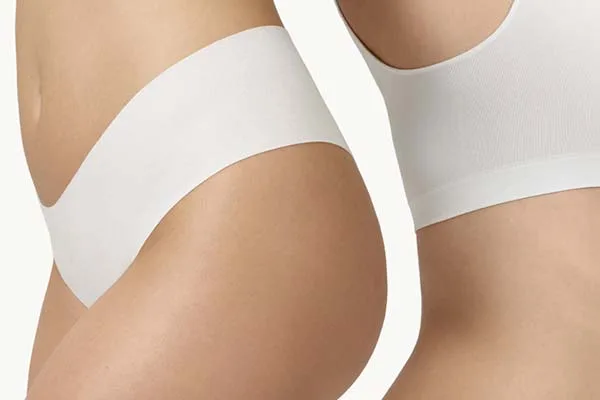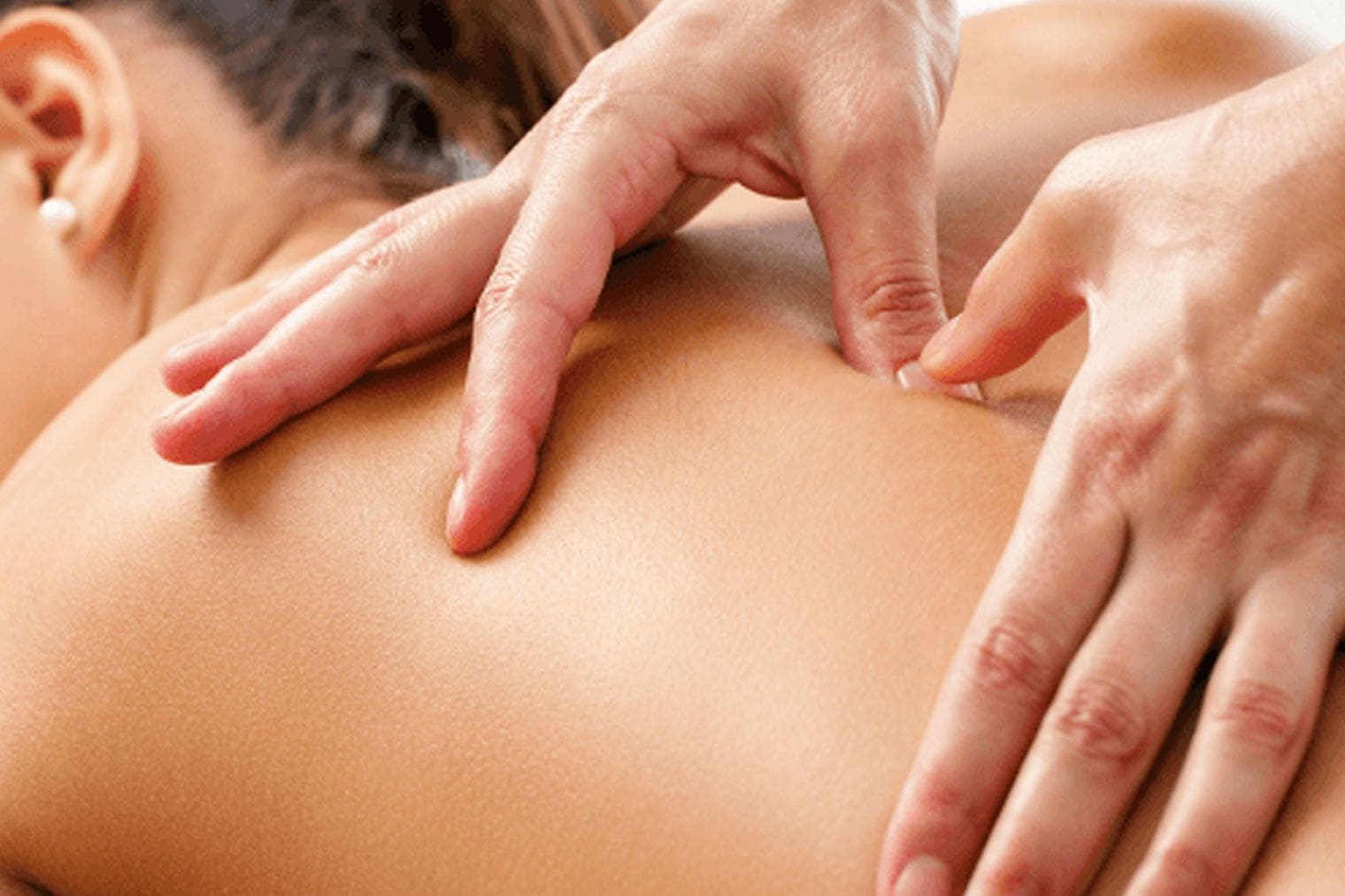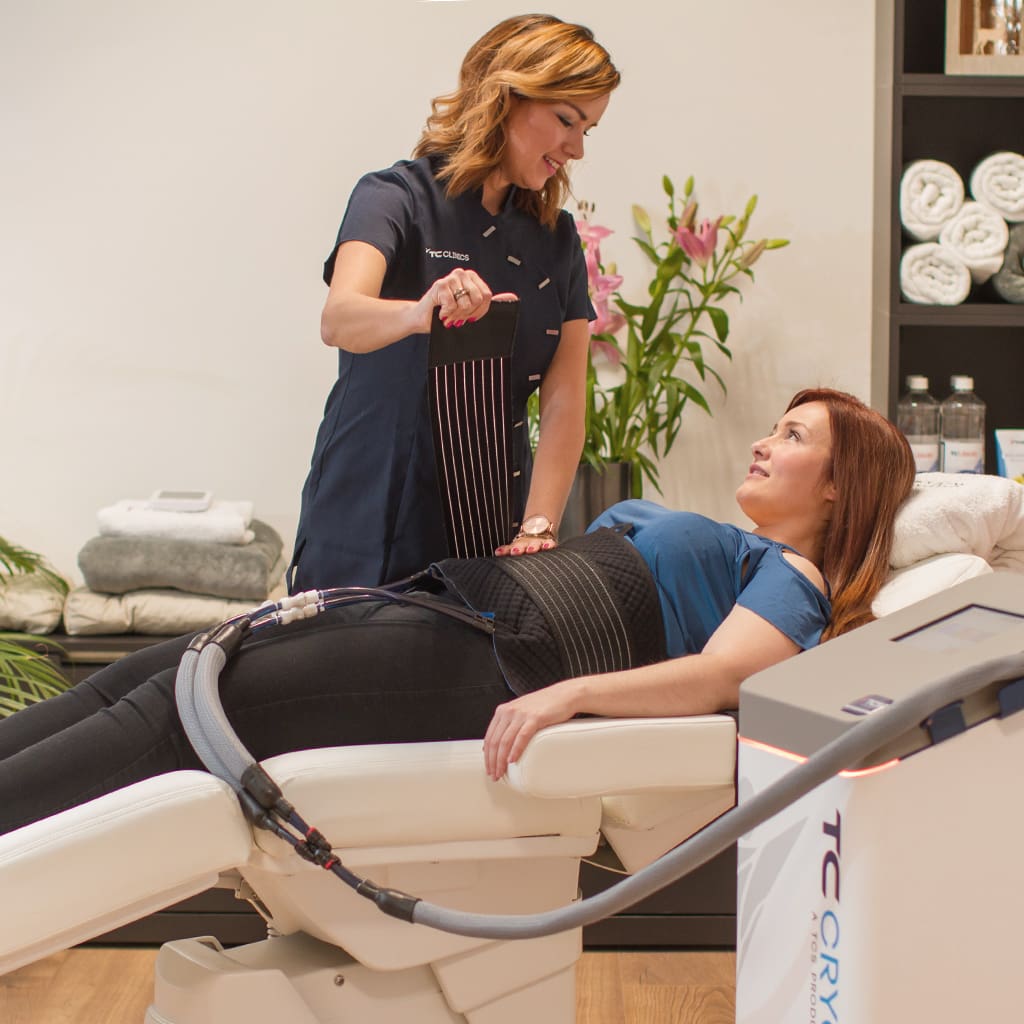The differences between Edema and Lymphedema
Edema
is another word for fluid retention in a place where it does not really belong. There are several forms of edema. For example, some people notice that their feet are slightly swollen at the end of a warm day. After a night’s sleep, their feet and ankles are slim again. Varicose veins and heart or kidney diseases can also cause edema.
Lymphedema
is a special form of edema, which can occur in the legs and sometimes also in the arms (or other parts of the body). Lymphedema differs from the above-mentioned forms of edema: it is more difficult to press a dimple and the fluid disappears (almost) not by itself or during the night.

How does lymphedema develop?
The drainage of lymph fluid can be difficult for several reasons. Some people have too few lymphatic vessels at birth. Edema as a result of this is called ‘primary lymphedema’.
In some people the lymphatic vessels have become damaged, secondary lymphedema, for example:
★ after surgery, due to erysipelas, long-standing wounds or other traumas from the past (such as a broken bone).
★ due to varicose veins, long-standing edema can in some cases also lead to lymphedema.
A special form of secondary lymphedema can occur after cancer treatment. The lymph nodes can be damaged by surgery or radiation, causing the lymphatic vessels to become blocked. This makes it much more difficult for the lymph fluid to return to the heart and it remains in the arm(s), leg or other tissues, resulting in lymphedema.
How can you recognize lymphedema?
There are several ways to recognize lymphedema, the most important thing is that the edema does not improve during the night and that it feels firm.
In pregnant women we often see “normal” edema, the causes of which are;
★ Hormones cause blood vessel walls to become weaker, allowing fluid to escape more easily
★ Due to the growing uterus, there is more pressure on the vascular system, making it more difficult for fluid to drain from the legs
★ Decreased activity
★ Presence of varicose veins
★ Larger blood volume, which increases the pressure in the blood vessels
After a cosmetic procedure, such as an eyelid correction or liposuction, the skin and the underlying tissue are damaged.
In response, the body forms edema. This is fluid that accumulates because the fluid cannot be properly drained through the clogged lymphatic vessels.
There are treatments for all types of edema.
You will feel the results of a lymphatic drainage massage immediately after your treatment.
Of course, everyone needs appropriate treatment with additional advice.
At Unicare we look at everyone’s situation individually and will create a good plan for you.
If you have any questions, please feel free to contact us for a no-obligation consultation.
What treatments for lymphedema?

Mesoestetic Bodyshock

Lymphatic drainage

TC CRYO XL

